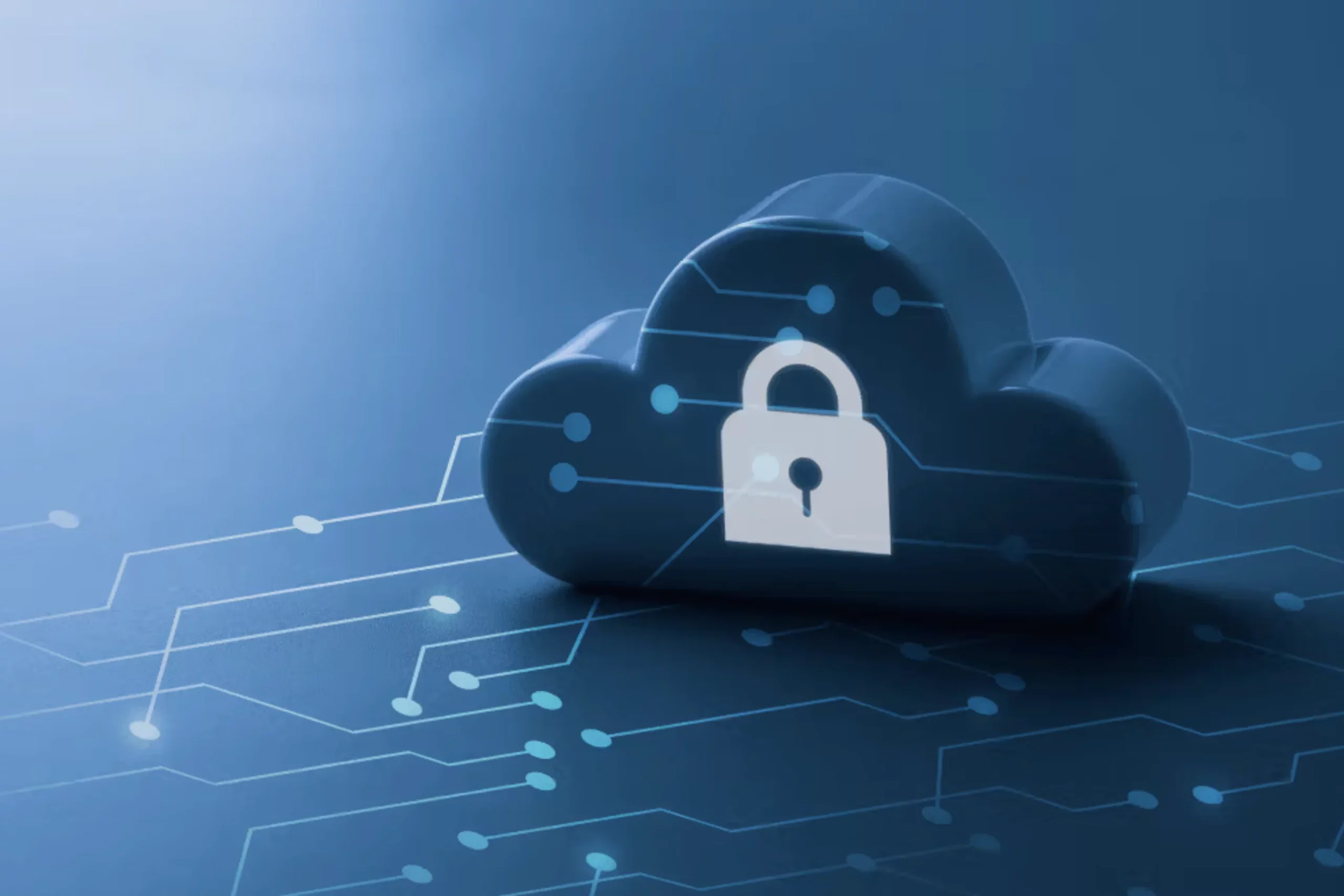It is hard to ignore the sweeping adoption of cloud technology in recent years. Whether you are running a start-up trying to scale your business or a long-established company undergoing digital growth, the cloud offers a compelling promise: faster deployment, reduced IT complexity, and more agile collaboration.
It is not just hype since the numbers support the trend. Businesses across industries are moving applications, data, and even core infrastructure to the cloud. Why? Because the benefits are real. From financial services to manufacturing, cloud is being adopted not just to keep up, but to lead.
Why some businesses still hesitate
Yet, for every success story, some companies pause, question, or walk away from the cloud altogether. Concerns over security, control, vendor lock-in, and compliance are valid, especially in sectors where data is sensitive and uptime is non-negotiable.
Some still stick to legacy systems, partly out of necessity and out of fear, and that is totally understandable. Not every cloud journey is smooth, and missteps can be costly.
The real question: Is it safe enough for your business?
The short answer? Yes, if done thoughtfully it can be. It is not about whether the cloud is inherently safe or dangerous; it is about how it is set up, managed, and monitored. Security, after all, cannot be bought; it is a process you commit to. And it begins with the right understanding and a partner who genuinely cares.
At Gislen Software, we believe the real question is less about cloud or no cloud, and more about how you go about it.
Why the Cloud Is So Popular Today
Easy to scale and grow your business
The cloud takes the hassle out of infrastructure planning. Instead of predicting future hardware needs, you scale up or down as required, often with just a few clicks. Whether it is storage, processing power or number of users, you can respond to growth in real time.
Cost-saving and reduces IT headaches
Running on the cloud reduces the burden on internal IT teams. Maintenance, upgrades, and hardware failures become the responsibility of the provider, freeing up your resources to focus on what matters most: your core business.
Helps teams work from anywhere
Remote work is not just a pandemic-era trend. It is now a staple for many businesses. Cloud-based tools make it easy for distributed teams to collaborate, access data, and stay productive, regardless of where they are.
Real client example: How cloud helped simplify operations

One example of how the cloud can remove complexity while adding flexibility is our work with the European Association for Cardio-Thoracic Surgery (EACTS). The association brings together thousands of surgeons, doctors, and researchers worldwide. Each year, its annual conference draws more than 5,000 delegates, who rely on a seamless digital experience – from registration and membership management to schedules, voting systems, and onsite apps.
We built and continue to maintain a cloud-based solution using Microsoft Azure. The Azure service model allows us to scale resources in line with the association’s needs. For most of the year, only modest capacity is required to support membership data, training records, and ongoing communications.
In the weeks leading up to the annual conference, however, demand rises sharply. At that point we scale up the environment to ensure that websites, apps, and synchronisation services can handle the surge.
A good illustration of this is the synchronisation software that links all apps and local devices during the conference. Outside of the event, such infrastructure is unnecessary, so it is switched off entirely.
During the conference itself, the service is scaled up and performs as the digital backbone for the event, ensuring that every session, vote, and update works reliably.
This elasticity keeps costs predictable and reasonable for most of the year while providing the power and resilience required during peak demand. It also removes the need for EACTS to run or maintain expensive on-premise infrastructure that would sit idle for much of the time.
Cloud hosting, in this case, is not only about technology but about operational simplicity and financial sense.
Understanding the Security Concerns
Common fears: Data breaches, compliance, control loss
| Common Fears | Realities | Our Approach |
|---|---|---|
| Data breaches | Often caused by weak configuration | Proactive monitoring & secure setup |
| Compliance (GDPR, DORA, NIS2) | Complex, needs continuous oversight | Context-aware compliance design |
| Loss of control | Due to poor visibility, not cloud itself | Transparent communication & shared responsibility |
| US Cloud Act | Jurisdictional exposure | EU-based hosting & hybrid strategies |
The most common concerns we hear are around data breaches, and these are far from irrational. Breaches can cost both reputations and fortunes. Regulatory compliance, particularly in Europe under GDPR, DORA, and NIS2, is non-negotiable. Many also worry about losing visibility or control when data is stored “somewhere in the cloud”, a valid concern when sensitive customer or business information is involved.
Another consideration, especially for European organisations, is the potential exposure under the US Cloud Act, which allows US authorities to request data from American cloud providers, even if that data is stored outside the US. This has led some businesses to favour keeping data within their own jurisdiction or with EU-based providers. Suppose you want to read more about the risks of using American Clouds, one of our earlier blog articles covers this subject well.
For many, a hybrid cloud approach offers a practical middle ground, keeping sensitive workloads and data on-premises or in local data centres, while using the public cloud for less sensitive, scalable services. This balance provides the flexibility of the cloud without giving up control over critical assets.
Misconceptions vs. real vulnerabilities
While some risks are real, many are exaggerated or misunderstood. For example, cloud platforms are often far more secure than on-prem setups, if configured correctly.
The problem is rarely the platform itself, but rather how it is used. Wrong configuration of permissions, weak passwords, or outdated access controls often open the door to trouble.
The role of shared responsibility in cloud security
One key concept is “shared responsibility”. Cloud providers secure the infrastructure, but customers are responsible for how they use it. Think of it like renting a flat: the building has a doorman and fire alarm, but you still lock your door.
Many companies overlook this balance. They assume the provider “takes care of everything,” which is rarely true, depending on the provider you choose. Cloud providers secure the infrastructure, but it is up to you (or your partner) to secure how you use it.
Why care, oversight, and context matter more than checklists
Security is not about ticking boxes. It is about ongoing care, context-aware configurations, understanding your specific risks and thoughtful oversight. That is where we see larger vendors often fall short; they may offer tools, but not the personal support to use them effectively.
We, at Gislen Software, take time to understand each client’s ecosystem before recommending or building cloud solutions because we know that relying on checklists alone can not substitute for thoughtful design and care.
Keeping Your Cloud Secure
How to make sure your cloud setup is safe
It starts with proper planning. Your cloud setup must be designed around your business needs by understanding what data is going where, who has access to it, and how it is monitored, not just generic templates.
Good practices: MFA’s, limited access, and regular checks

Multi-factor
authentication
Role-based
access controls
Restricted admin
privileges
Regular
vulnerability testing
The basics still matter and make a big difference. Multi-factor authentication, role-based access controls, encryption, regular audits, restricted admin privileges and regular vulnerability testing go a long way.
Why choosing the right partner matters just as much as the platform
A secure cloud is not just about tools; it is about people. Even the best platforms can be misused. What matters is how the system is built, integrated, and maintained. That is where choosing the right partner who listens, explains, and walks with you through every step is what makes security sustainable and makes all the difference.
At Gislen Software, we have seen many cloud projects go off track not because of the technology, but because of a lack of personal care. We believe in walking closely with our clients, ensuring that their cloud journey is tailored, and we care enough to make sure it works, not templated.
Where Companies Often Get It Wrong
Over reliance on cloud vendors for security
Many assume cloud providers take charge of handling the security aspects, but that is not the case. It is a joint effort. Without proper policies for configuration and usage, even the best cloud platform can easily become a liability.
Failing to align the cloud strategy with actual business processes
Another common issue is misalignment. A cloud setup that does not reflect how your business operates will cause friction. We have seen cases where teams had to work around the system instead of with it. That is not efficiency; it is avoidable complexity.
Why personal care and planning make all the difference
Getting the cloud setup right is not about jumping in quickly. It is about planning carefully, adapting to your needs, and being available when you need support. Personal care is what helps avoid pitfalls others often face.
We have helped clients rescue cloud projects that were over-engineered, overpriced, and underutilised. What turned things around was not more tech – it was listening, simplifying, and genuinely caring about their needs.
Why Personal Support Matters
The value of having a proactive partner who listens
Cloud is not set-and-forget. The right cloud partner does not just deploy infrastructure – they listen, check in, see the bigger picture, and make adjustments as your business evolves. And that is where we often differ from bigger providers.
As we highlighted in our blog on proactive maintenance for resilient IT systems, anticipating needs before issues arise makes all the difference.
The same mindset applies here – “we stay engaged, continually refining and adapting as your business grows.”
Security is technical, but trust is built through human relationships
Trust is the real foundation of cloud adoption. It is built not only on secure systems, but on relationships. You need to know someone has your back – someone who will answer your calls, explain things without jargon, someone who shows up when you need, and truly understands your concerns, not just dashboards.
Why our size helps us care in ways big tech often can not
Large providers might have scale, but they often lack intimacy. We are deliberately small enough to care, but experienced enough to deliver. That is our edge. While others automate touchpoints, we invest in real conversations.
Conclusion
Cloud works well if set up the right way
The cloud is not a risk – it is a powerful tool. Like any tool, its success depends on how you use it. With the right approach and right partner, it can be transformative.
Clients need someone who listens, not just sells
More than platforms or products, clients need partnerships. Someone who does not just talk, but actually listens, learns your context, and walks with you through challenges and growth.
It is about planning, security, and working with people who care
In the end, cloud security and success are not technical checklists; they are people-driven. It is about thoughtful planning, genuine care, and finding a supportive partner who genuinely cares about your business, not just during implementation, but long after.
Thinking about the cloud, but not sure where to begin?
If you are exploring your first cloud deployment or rethinking an existing setup, we are happy to share our experience.
Because we truly care enough to understand your business – with clarity, and a personal touch, not just sell you technology.
Want to know more about how cloud solutions will benefit your business, visit here and feel free to reach out to us.
